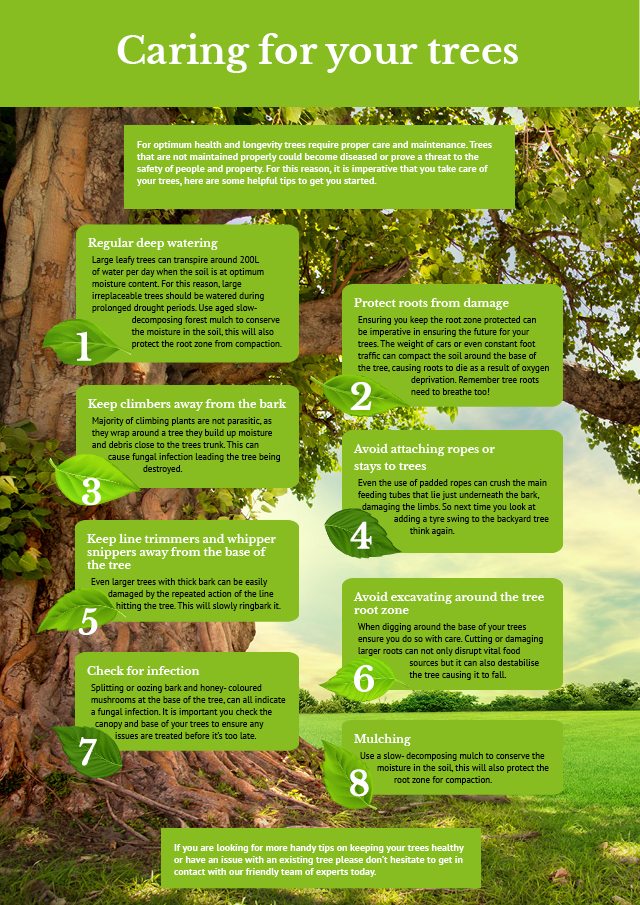Tree Removal Aftercare: Finest Practices For Landscape Recuperation
Tree Removal Aftercare: Finest Practices For Landscape Recuperation
Blog Article
please click the next webpage -Graham Chambers
After a tree's removal, your landscape might look quite various, and it's essential to analyze the consequences thoroughly. You'll intend to assess the soil disruption and inspect surrounding plants for any kind of signs of stress and anxiety. Ignoring these aspects can lead to bigger issues down the line. So, what should you make with those stumps and origins? And just how do you pick the best plants for your revitalized space? Let's discover these essential steps.
Assessing the Consequences: Examining Your Landscape
After a tree removal, it's vital to examine your landscape to understand the effect it carries your lawn.
Begin by checking out the area where the tree stood. Search for indicators of soil disruption, and inspect the surrounding plants for any kind of anxiety or damages.
You need to additionally make note of how the elimination has altered sunlight direct exposure and air movement in your yard. This change can impact the growth of neighboring plants, so it's essential to review their health.
Consider the visual aspects too; the elimination could produce an open space that you can upgrade.
Ultimately, think about any type of potential disintegration concerns that could emerge from the tree's absence. Addressing these aspects early will assist recover balance to your landscape.
Taking care of Stumps and Roots: Choices for Removal
Once you've examined the results of the tree elimination, you'll likely need to tackle the stump and roots left behind.
You have a few alternatives for removal. One efficient technique is stump grinding, where a specialist uses an equipment to grind the stump to below ground degree. This approach leaves marginal interruption to your landscape.
If you like a do it yourself technique, you can utilize a mix of digging and chemical stump cleaners. Simply remember, this procedure can take some time and effort.
Conversely, think about leaving the stump as an all-natural attribute, which can function as a special yard aspect or environment for wild animals.
Whatever you pick, resolving the stump and roots is vital for restoring your landscape.
Selecting the Right Plant Kingdoms for Your New Area
As you examine your recently cleared space, choosing the right plants can dramatically enhance your landscape's beauty and capability.
Start by thinking about the sunlight and dirt problems. For bright locations, go with drought-resistant plants like lavender or succulents. In shaded areas, brushes and hostas flourish well.
Consider the size and development routines of your plants; mix perennials and annuals for seasonal variety. Don't neglect to incorporate indigenous varieties; they need much less upkeep and support regional wildlife.
click for info in odd numbers for a more natural appearance and produce layers for aesthetic deepness.
Finally, ensure you have a mix of shades and structures to keep your landscape lively throughout the seasons.
Happy growing!
Verdict
In conclusion, recovering your landscape after tree elimination is a gratifying process. By analyzing the aftermath, addressing stumps and roots, and selecting the right plants, you'll produce a flourishing environment. Do not fail to remember to include erosion control steps to safeguard your soil. With navigate to this web-site and care, you can change your room right into a lively garden that enhances your residential or commercial property. Accept the opportunity to rejuvenate your landscape and take pleasure in the elegance of nature right in your yard!
